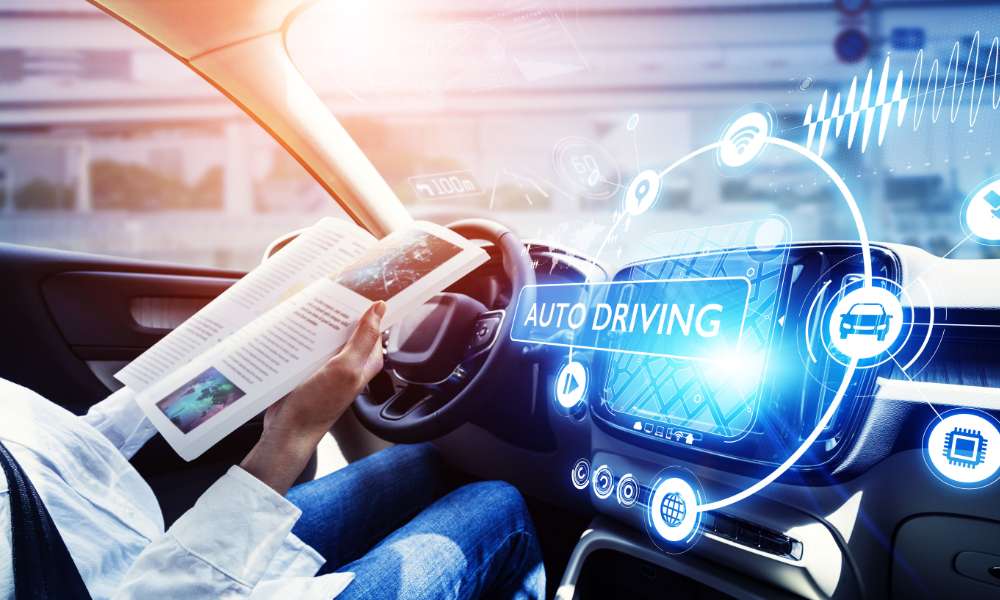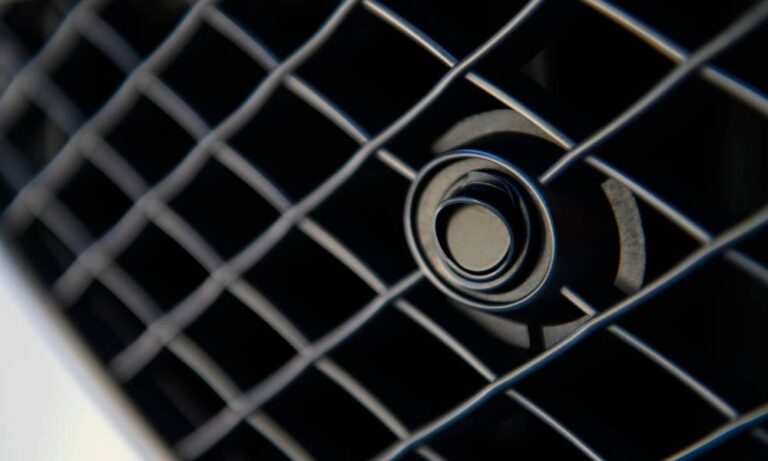In this comprehensive guide, we will walk you through the...
How Heads-Up Displays Improve Driver Awareness and Reduce Distractions

In the fast-evolving world of automotive technology, Heads-Up Displays (HUDs) are becoming a vital feature for enhancing driver safety and convenience. These advanced systems project critical information onto the windshield, allowing drivers to stay informed without diverting their gaze from the road. This blog explores how HUDs improve driver awareness and reduce distractions, ultimately contributing to a safer driving experience.
What is a Heads-Up Display?
A Heads-Up Display is a transparent display that projects data in the driver’s line of sight. Originally developed for military aviation, HUDs have found their way into the automotive industry, providing drivers with real-time information such as speed, navigation directions, and alerts. The display is usually projected onto the windshield or a separate transparent screen, ensuring that drivers can access vital data without looking away from the road.
Enhancing Driver Awareness
Real-Time Information Access
HUDs provide real-time access to critical information, allowing drivers to stay informed about their vehicle’s status and the surrounding environment. Traditional dashboards require drivers to glance down, taking their eyes off the road.
With HUDs, essential data such as speed, fuel levels, and engine status are displayed directly in the driver’s line of sight. This seamless integration ensures that drivers remain aware of their vehicle’s condition without any distractions.
Navigation Assistance
One of the most significant benefits of HUDs is their ability to provide turn-by-turn navigation directly on the windshield. This feature eliminates the need for drivers to look at their GPS devices or smartphones, which can be particularly distracting. With HUDs, navigation instructions are superimposed onto the road view, allowing drivers to anticipate turns and exits without losing focus on driving.
Traffic and Hazard Alerts
HUDs can also display real-time traffic information and hazard alerts. Advanced systems are equipped with sensors and connectivity features that provide updates on traffic congestion, accidents, and road conditions. By delivering these alerts directly in the driver’s line of sight, HUDs help drivers make informed decisions and avoid potential hazards. This proactive approach enhances situational awareness and contributes to overall road safety.
Reducing Distractions
Minimizing Glances Away from the Road
One of the primary causes of driver distraction is the need to look away from the road to check the dashboard or infotainment system. HUDs significantly reduce this distraction by projecting information onto the windshield. This design allows drivers to keep their eyes on the road while accessing essential data, minimizing the risk of accidents caused by momentary inattention.
Integrating with Driver Assistance Systems
Modern HUDs are often integrated with advanced driver assistance systems (ADAS), providing a cohesive and intuitive driving experience. Features such as adaptive cruise control, lane departure warnings, and collision avoidance alerts can be displayed on the HUD. By consolidating these alerts into a single, easily visible location, drivers are less likely to be overwhelmed by multiple sources of information. This integration ensures that critical warnings are noticed and acted upon promptly.
Voice Commands and Gesture Controls
Many HUD systems now incorporate voice commands and gesture controls, further reducing the need for manual interaction with the vehicle’s controls. Drivers can use voice commands to change settings, input navigation destinations, and manage phone calls without taking their hands off the wheel. Gesture controls add another layer of convenience, allowing drivers to perform simple actions with hand movements. These features help maintain focus on the road while still providing access to essential functions.
Conclusion
Heads-Up Displays represent a significant advancement in automotive technology, offering a blend of safety, convenience, and enhanced driver awareness. By projecting critical information directly into the driver’s line of sight, HUDs reduce the need for glances away from the road and minimize distractions. As these systems continue to evolve, they are likely to become standard features in vehicles, contributing to safer and more efficient driving experiences.
Investing in a car with a Heads-Up Display or upgrading your existing vehicle with an aftermarket HUD can be a smart move for those who prioritize safety and convenience on the road. As we continue to see advancements in this technology, the future of driving looks clearer and safer, with HUDs leading the way.
For more information or to schedule an appointment, contact GlassFixit today! Your vehicle’s health and your safety are our top priorities.
Popular Searches
Audi Windshield Replacement in Santa Clara County
Auto Car Window Tinting in Santa Clara County
Auto Glass Repair and Replacement in Santa Clara County
Auto Glass Repair in Santa Clara County
BMW Windshield Chip Repair in Santa Clara County
BMW Windshield Repair and Replacement Services in Santa Clara County
Car Window Repair in santa clara
Car Window Repair in Santa Clara County
Commercial truck windshield replacement
Dodge Windshield Repair and Replacement Services in Santa Clara County
Dodge Windshield Replacement in Santa Clara County
Glass repairs for cars near me
Honda pilot windshield replacement cost
Honda Windshield Repair and Replacement Services in Santa Clara County
Honda Windshield Replacement in Santa Clara County
Hyundai Tucson windshield replacement
Hyundai Windshield Repair and Replacement Services in Santa Clara County
Hyundai Windshield Replacement in Santa Clara County
Jeep Windshield Repair and Replacement Services in Santa Clara County
Jeep Wrangler Windshield Replacement in Santa Clara County
Kia Windshield Repair and Replacement Services in Santa Clara County
Kia Windshield Replacement in Santa Clara County
Mobile Auto Glass in Santa Clara County
Mobile Auto Glass Repair in Santa Clara County
Mobile glass replacement near me
Same day windshield repair near me
Toyota Camry side mirror glass replacement
Windshield Calibration in Santa Clara County
Windshield Chip Repair in Santa Clara County
Windshield chip repair near me
Windshield Repair and Replacement Services in Santa Clara County
Windshield Repair and Replacement Services Near Me
Windshield Repair in Santa Clara County
Windshield repair service near me
Windshield Replacement Near Me
Windshield Replacement Services in Santa Clara County
Read more Articles
How Weather Conditions Can Worsen Cracks on Windshields
In this comprehensive guide, we will walk you through the...
How to Choose the Right Auto Windshield Glass for Your Vehicle
In this comprehensive guide, we will walk you through the...



